Pakistan is a sovereign state in South Asia. It has a 1,046-kilometre (650 mi) coastline along the Arabian Sea and the Gulf of Oman in the south and is bordered by Afghanistan and Iran in the west, India in the east and China in the far northeast. In the north, Tajikistan lies adjacent to Pakistan but is separated by the narrow Wakhan Corridor. In addition, Oman is also located in maritime vicinity and shares a marine border with Pakistan. Strategically, Pakistan is located in a position between the important regions of South Asia, Central Asia and the greater Middle East.
The region forming modern Pakistan was the site of several ancient cultures including the Neolithic Mehrgarh and the bronze era Indus Valley Civilization. Subsequently it was the recipient of Hindu, Persian, Indo-Greek, Islamic, Turco-Mongol, and Sikh cultures through several invasions and/or settlements. As a result the area has remained a part of numerous empires and dynasties including the Indian empires, Persian empires, Arab caliphates, Mongol, Mughal, Sikh and British Empire. Pakistan gained independence from the British Empire in 1947 after a struggle for independence, led by Mohammad Ali Jinnah, that sought the partition of India and the creation of an independent state for the Muslim majority populations of the eastern and western regions of British India. With the adoption of its constitution in 1956, Pakistan became an Islamic republic.
Pakistan is a federal parliamentary republic consisting of four provinces and four federal territories. With a population exceeding 170 million people, it is the sixth most populous country in the world and has the second largest Muslim population after Indonesia. It is an ethnically and linguistically diverse country with a similar variation in its geography and wildlife. With a semi-industrialized economy, it is the 27th largest in the world in terms of purchasing power.
Pakistan has the eighth largest standing armed force and is the only Muslim-majority nation to possess nuclear technology. It is designated as a major non-NATO ally of the United States and a strategic ally of China. It is a founding member of the Organization of the Islamic Conference (now the Organization of Islamic Cooperation) and a member of the United Nations, Commonwealth of Nations, Next Eleven economies and the G20 developing nations.

The Indus region, which covers a considerable amount of Pakistan, was the site of several ancient cultures including the Neolithic era's Mehrgarh and the bronze era Indus Valley Civilization (2500–1500 BCE) at Harappa and Mohenjo-Daro.
Successive ancient empires and kingdoms ruled the region: the Achaemenid Persian empire around 543 BCE, the Greek empire founded by Alexander the Great in 326 BCE and the Mauryan empire founded by Chandragupta Maurya and extended by Ashoka the Great, until 185 BCE.
The Indo-Greek Kingdom founded by Demetrius of Bactria included Gandhara and Punjab from 184 BCE, and reached its greatest extent under Menander, establishing the Greco-Buddhist period with advances in trade and culture. The city of Taxila (Takshashila) became a major centre of learning in ancient times—the remains of the city, located to the west of Islamabad, are one of the country's major archaeological sites. The Rai Dynasty (c.489–632) of Sindh, at its zenith, ruled this region and the surrounding territories. In 712 CE, the Arab general Muhammad bin Qasim conquered Sindh and Multan in southern Punjab. The Pakistan believes that "its foundation was laid" as a result of this conquest. This Arab and Islamic victory would set the stage for several successive Muslim empires in South Asia, including the Ghaznavid Empire, the Ghorid Kingdom, the Delhi Sultanate and the Mughal Empire. During this period, Sufi missionaries played a pivotal role in converting a majority of the regional Buddhist and Hindu population to Islam.
The gradual decline of the Mughal Empire in the early eighteenth century provided opportunities for the Afghans, Balochis and Sikhs to exercise control over large areas until the British East India Company gained ascendancy over South Asia. The Indian Rebellion of 1857, also known as the Sepoy Mutiny, was the region's last major armed struggle against the British Raj, and it laid the foundations for the largely non-violent freedom struggle led by the Indian National Congress in the twentieth century. In the 1920s and 1930s, a movement led by Congress leader Mahatma Gandhi engaged millions of protesters in mass campaigns of civil disobedience.

The All India Muslim League rose to popularity in the late 1930s amid fears of under-representation and neglect of Muslims in politics. On 29 December 1930, Allama Iqbal's presidential address called for an autonomous "state in northwestern India for Indian Muslims, within the body politic of India." Quaid e Azam Muhammad Ali Jinnah espoused the Two Nation Theory and led the Muslim League to adopt the Lahore Resolution of 1940, popularly known as the Pakistan Resolution. In early 1947, Britain announced the decision to end its rule in India. In June 1947, the nationalist leaders of British India—including Jawaharlal Nehru and Abul Kalam Azad on behalf of the Congress, Jinnah representing the Muslim League, and Master Tara Singh representing the Sikhs—agreed to the proposed terms of transfer of power and independence.
modern state of Pakistan was established on 14 August 1947 (27 Ramadan 1366 in the Islamic Calendar), carved out of the two Muslim-majority wings in the eastern and northwestern regions of British India and comprising the provinces of Balochistan, East Bengal, the North-West Frontier Province, West Punjab and Sindh. The controversial, and ill-timed, division of the provinces of Punjab and Bengal caused communal riots across India and Pakistan—millions of Muslims moved to Pakistan and millions of Hindus and Sikhs moved to India.
Disputes arose over several princely states including in the Muslim-majority Jammu and Kashmir, whose Hindu ruler had acceded to India following an invasion by Pashtun tribal militias, leading to the First Kashmir War in 1948.

As the first Governor-General of Pakistan, Jinnah worked to establish the new nation's government and policies, and to aid the millions of Muslim migrants who had emigrated from the new nation of India to Pakistan after independence, personally supervising the establishment of refugee camps. Jinnah died at age 71 in September 1948, just over a year after Pakistan gained independence from the United Kingdom. He left a deep and respected legacy in Pakistan. Innumerable streets, roads and localities in the world are named after Jinnah. Several universities and public buildings in Pakistan bear Jinnah's name. According to his biographer, Stanley Wolpert, he remains Pakistan's greatest leader.

Pakistan covers an area of 796,095 km2 (307,374 sq; mi), approximately equaling the combined land areas of France and the United Kingdom. It is the 36th largest nation by total area although this ranking varies depending on how the disputed territory of Kashmir is counted. Apart from the 1,046;km (650;mi) coastline along the Arabian Sea, Pakistan's land borders a total of 6,774;km (4,209;mi)—2,430;km (1,510;mi) with Afghanistan, 523;km (325; mi) with China, 2,912;km (1,809;mi) with India and 909;km (565;mi) with Iran. The territory it controls mostly lies between latitudes 23° and 37° N (a small area is north of 37°), and longitudes 61° and 78° E (a small area is west of 61°).
Geologically, Pakistan overlaps with the Indian tectonic plate in its Sindh and Punjab provinces, while Balochistan and most of Khyber Pakhtunkhwa lie within the Eurasian plate which mainly comprises the Iranian plateau. Gilgit-Baltistan and Azad Kashmir lie mainly in Central Asia along the edge of the Indian plate and are hence prone to violent earthquakes.

The geography of Pakistan is a blend of landscapes varying from plains to deserts, forests, hills, and plateaus ranging from the coastal areas of the Arabian Sea in the south to the mountains of the Karakoram range in the north. Pakistan is divided into three major geographic areas: the northern highlands; the Indus River plain; and the Balochistan Plateau. The northern highlands of Pakistan contain the Karakoram, Hindu Kush and Pamir mountain ranges, which incorporate some of the world's highest peaks, including K2 (8,611 m or 28,251 ft) and Nanga Parbat (8,126 m or 26,660 ft). The Balochistan Plateau lies to the West, and the Thar Desert in the East. An expanse of alluvial plains lies in Punjab and Sindh along the Indus river. The 1,609 km (1,000; mi) Indus River and its tributaries flow through the country from the Kashmir region to the Arabian Sea.
Pakistan's climate varies from tropical to temperate with arid conditions existing in the coastal south, characterized by a monsoon season with frequent flooding rainfall and a dry season with significantly lesser to no rainfall. There are four distinct seasons; a cool, dry winter from December through February; a hot, dry spring from March through May; the summer rainy season or southwest monsoon period, from June through September; and the retreating monsoon period of October and November. Rainfall can vary radically from year to year, and successive patterns of flooding and drought are common.

K2 is the second-highest mountain on Earth after Mount Everest. With a peak elevation of 8,611 metres (28,251 ft), K2 is part of the Karakoram range, Pakistan.

Tourism is a growing industry in Pakistan because of its diverse cultures, peoples and landscapes. The variety of attractions ranges from the ruins of ancient civilizations such as Mohenjo-daro, Harappa and Taxila, to the Himalayan hill-stations, that attract those interested in field and winter sports. Pakistan also has five out of fourteen mountain peaks of height over 8,000 metres (26,250 ft), that attract adventurers and mountaineers from around the world, especially to K2. From April to September, domestic and international visitors to these areas bring tourist income to the local people.
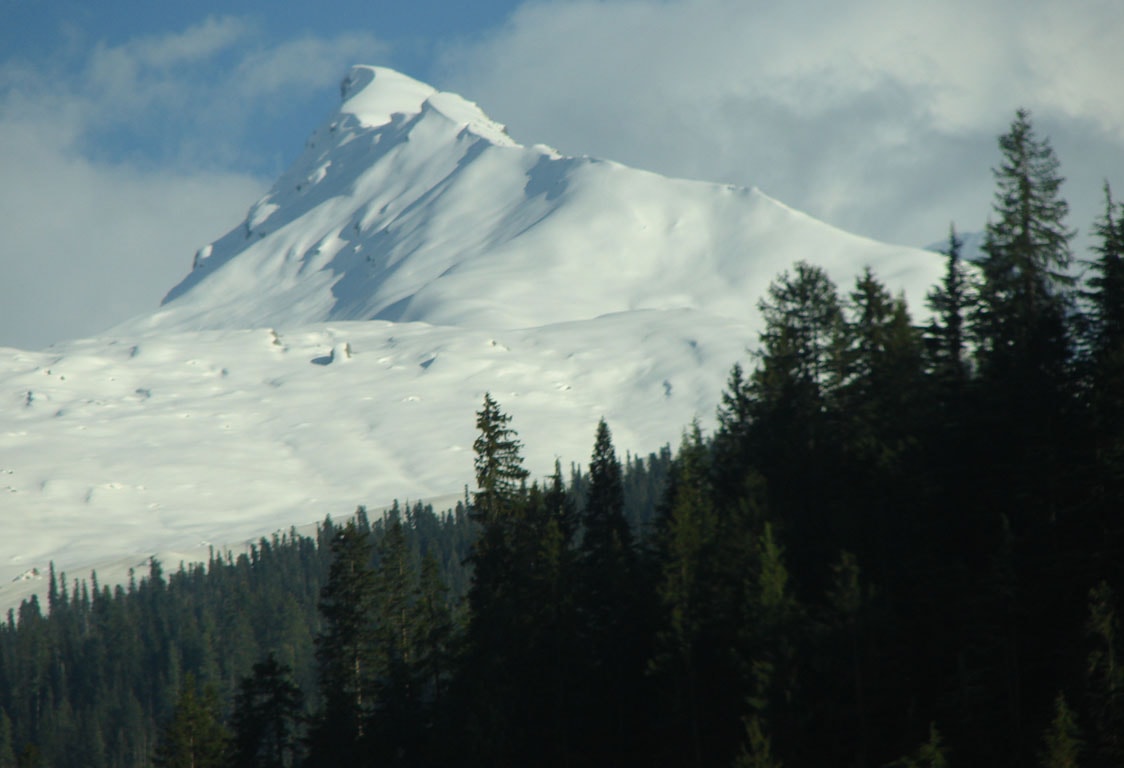
In Balochistan there are many caves for cavers and tourists to visit especially the Juniper Shaft Cave, the Murghagull Gharra cave, Mughall saa cave, and Pakistan's naturally decorated cave, the Mangocher Cave. Pakistan is a member country of the Union International de Spéléologie (UIS).
The northern parts of Pakistan are home to several historical fortresses, towers and other architecture including the Hunza and Chitral valleys, the latter being home to the Kalash, a small pre-Islamic Animist community. Punjab is also the site of Alexander's battle on the Jhelum River. The historic city of Lahore is considered Pakistan's cultural centre and has many examples of Mughal architecture such as the Badshahi Masjid, Shalimar Gardens, Tomb of Jahangir and the Lahore Fort. The Pakistan Tourism Development Corporation (PTDC) also helps promote tourism in the country. Pakistan receives 500,000 tourists annually, with almost half of them heading to northern Pakistan.
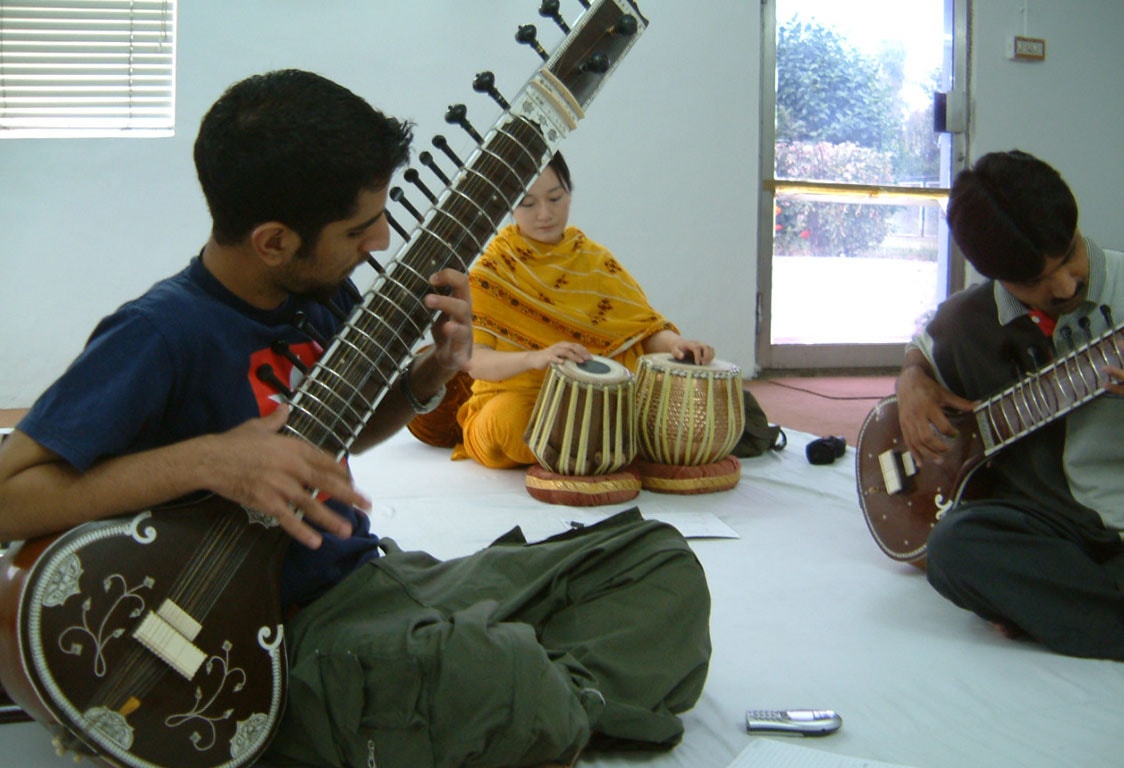
Pakistani society is largely hierarchical, with high regard for traditional Islamic values, although urban families have grown into a nuclear family system because of the socio-economic constraints imposed by the traditional joint family system. Recent decades have seen the emergence of a middle class in cities like Karachi, Lahore, Islamabad, Rawalpindi, Hyderabad, Faisalabad, Multan and Peshawar (now numbering at 30 million, with an average annual income of US$10,000, with another 17 million belonging to the upper and upper-middle classes that wish to move in a more centrist direction, as opposed to the northwestern regions bordering Afghanistan that remain highly conservative and dominated by centuries-old regional tribal customs. Increasing globalization has resulted in ranking 46th on the A.T. Kearney/FP
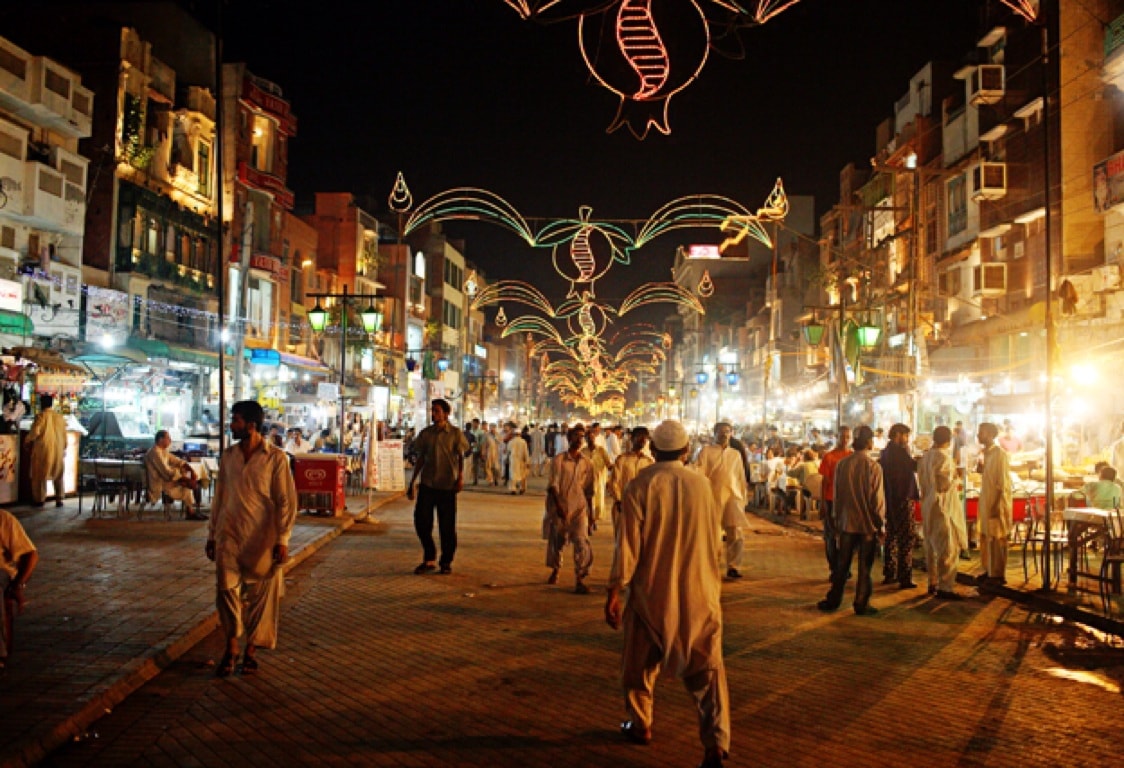
The variety of Pakistani music ranges from diverse provincial folk music and traditional styles such as Qawwali and Ghazal Gayaki to modern forms fusing traditional and western music, such as the synchronization of Qawwali and western music by the world renowned Nusrat Fateh Ali Khan. In addition Pakistan is home to many famous folk singers such as the late Alam Lohar, who is also well known in Indian Punjab. However, majority of Pakistanis listen to Indian music produced by Bollywood and other Indian film industries. The arrival of Afghan refugees in the western provinces has rekindled Pashto and Persian music and established Peshawar as a hub for Afghan musicians and a distribution center for Afghan music abroad.
State-owned Pakistan Television Corporation (PTV) and Pakistan Broadcasting Corporation were the dominant media outlets, but there are now numerous private television channels. Various American, European, and Asian television channels and films are available to the majority of the Pakistani population via private television networks, cable, and satellite television (43 million Pakistanis have satellite television). There are also small indigenous film industries based in Lahore and Peshawar (often referred to as Lollywood).
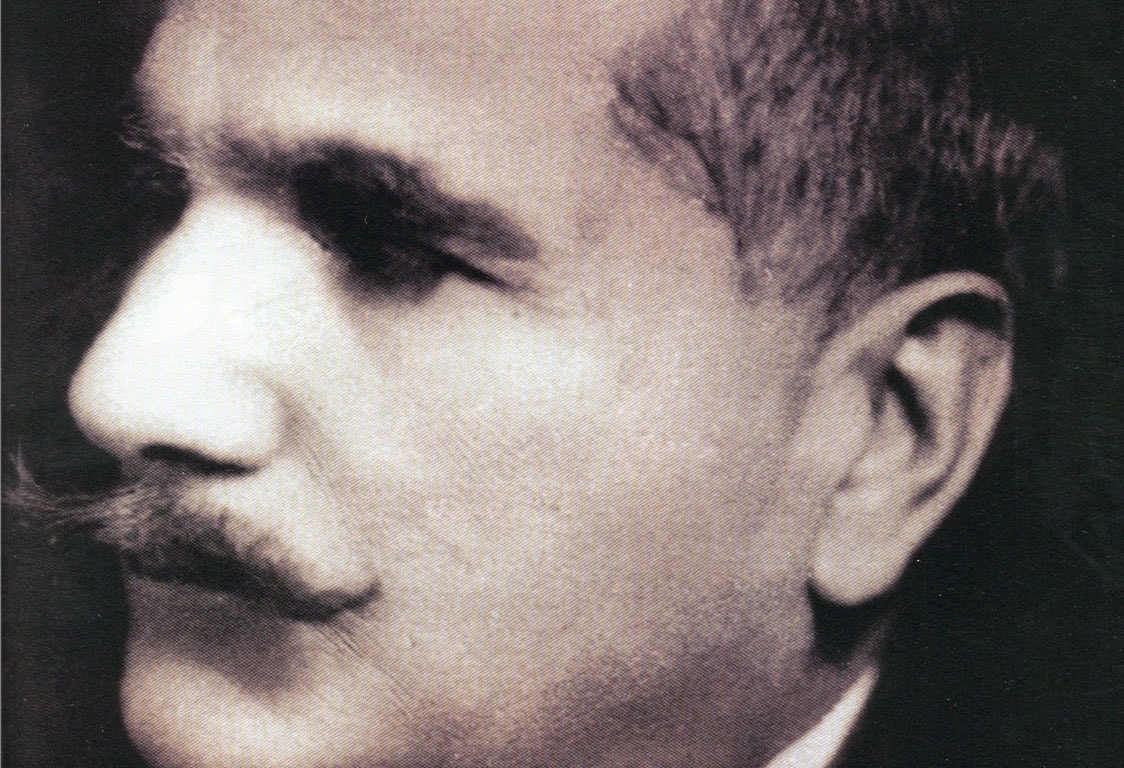
The literature of Pakistan covers the literatures of languages spread throughout the country, namely Urdu, Sindhi, Punjabi, Pushto, Baluchi as well as English and Persian as well. Prior to the 19th century, the literature mainly consisted of lyric poetry and religious, mystical and popular materials. During the colonial age the native literary figures, under the influence of the western literature of realism, took up increasingly different topics and telling forms. Today, short stories enjoy a special popularity.
The national poet of Pakistan, Allama Muhammad Iqbal, suggested the creation of a separate homeland for the Muslims of India. His book The Reconstruction of Religious Thought in Islam is a major work of modern Islamic philosophy. The most well-known representative of the contemporary Urdu literature of Pakistan is Faiz Ahmed Faiz. Sufi poets Shah Abdul Latif, Bulleh Shah, Mian Muhammad Bakhsh and Khawaja Farid are also very popular in Pakistan. Mirza Kalich Beg has been termed the father of modern Sindhi prose.

The national sport of Pakistan is field hockey, although cricket is the most popular game across the country. The national cricket team has won the Cricket World Cup once (in 1992), were runners-up once (in 1999), and co-hosted the games twice (in 1987 and 1996). Pakistan was runners-up in the inaugural 2007 ICC World Twenty20 held in South Africa and were the champions at the 2009 ICC World Twenty20 held in England.
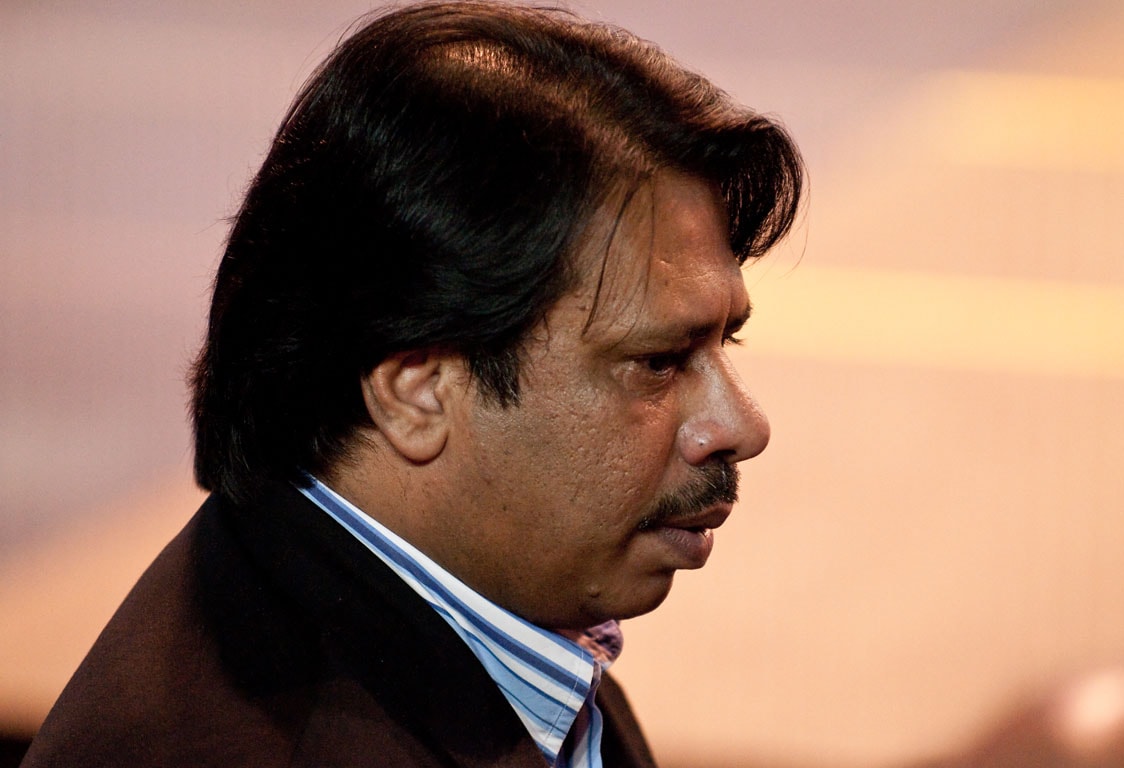
Squash is another sport that Pakistanis have excelled in. Successful world-class squash players such as Jahangir Khan and Jansher Khan have won the World Open several times during their careers. Other international players are Kiran Khan in Swimming and Aisam-ul-Haq Qureshi in Tennis.
At international level, Pakistan has competed many times at the Olympics in field hockey, boxing, athletics, swimming, and shooting. Pakistan's Olympic medal tally stands at 10 (3 gold, 3 silver and 4 bronze) while the Commonwealth Games and Asian Games medal tally stands at 61 and 182 respectively. Hockey is the sport in which Pakistan has been most successful at the Olympics, with three gold medals in (1960, 1968, and 1984). Pakistan has also won the Hockey World Cup a record four times (1971, 1978, 1982, and 1994).
Among others, Association football and Polo are the more prominent sports with regular national events held in different parts of the country. Boxing, Billiards, Snooker, Rowing, Kayaking, Caving, Tennis, Contract Bridge, Golf and Volley Ball are also actively participated.